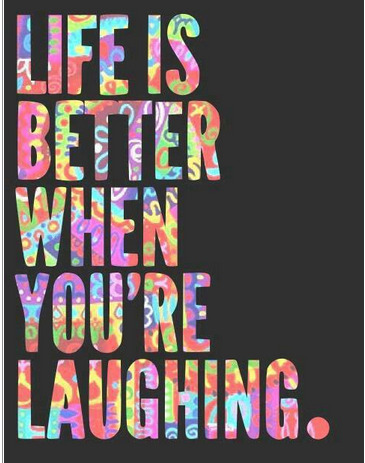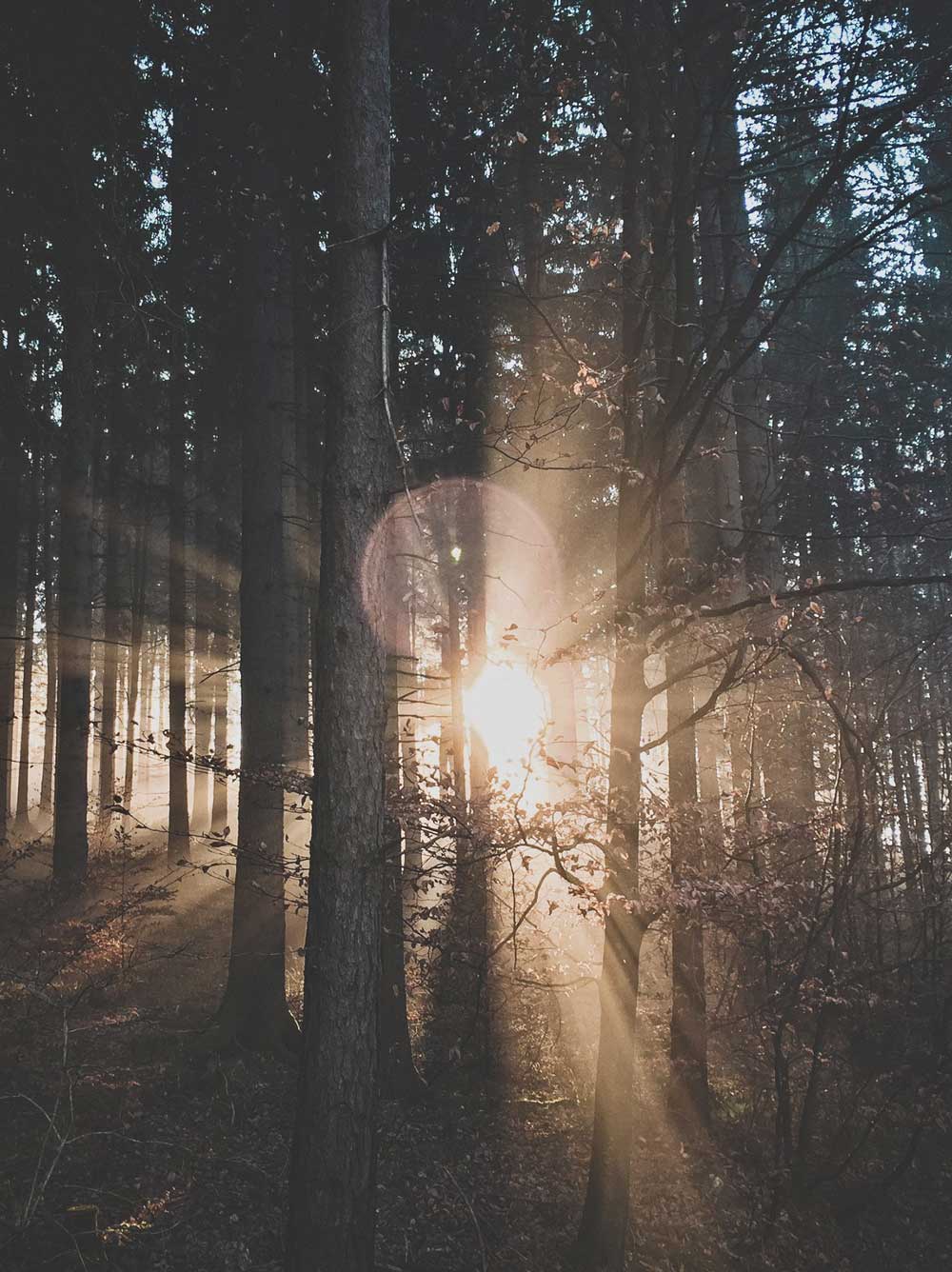Imagine you could go back in time and give your 20-year-old self a bit of advice to build your creativity. Plan on investing in the creative process, coming up with new ideas, and producing good, fun work.
What would you say?

I’ve thought a bit about this topic lately, as I reflect on how I’ve changed from the person I was in my twenties to the person I’ve become in my thirties. Creativity has become more and more important to me, both at work and at play. And the lessons I’ve learned along the way (and the ones I’m still learning) seem like something 20-year-old me would have liked to know.
Here’s what I’ve come up with for advice to the 20-year-old version of me on being creative.
You’re as creative as anyone
I’ve heard people tell me, “I’m just not that creative.” I don’t believe it. You are creative and ingenious and resourceful and brilliant. Creativity doesn’t have to be defined by the bounds of art or literature. Your creativity can reveal itself in so many different ways: parenting, relationships, wardrobe, problem-solving, ideas, shoelaces, Tumblrs, and cooking.
Everyone is capable of creativity.
Never underestimate the value of a creative outlet
Is the work you’re doing feeding your need for creativity? There are seasons of life when it might not. In those seasons, it’s so incredibly useful to have a creative outlet on which to rely.
From experience, I can say that this is essential. I wrote for six years about nutrition and health, with serious discussions about good fats and the colon. On the side, I wrote about sports, and silly, creative stories about touchdowns and championships. All of it was writing—some that paid the bills, some that fed my joy.


Nature, in the common sense, refers to essences unchanged by man; space, the air, the river, the leaf. Art is applied to the mixture of his will with the same things, as in a house, a canal, a statue, a picture. But his operations taken together are so insignificant, a little chipping, baking, patching, and washing, that in an impression so grand as that of the world on the human mind, they do not vary the result.

